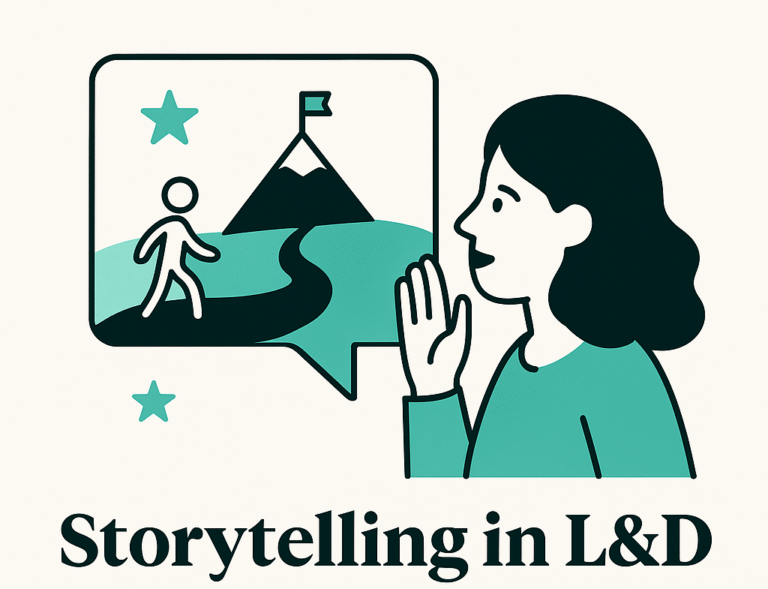A few tips for how HR leaders can drive user adoption of newly implemented learning, performance, and talent experience solutions
The implementation of new systems, tools, and platforms rarely happens overnight. Even so, to make any organizational change happen, especially culture-oriented ones, you need buy-in from senior leadership and, more importantly, their willingness to make a sustained investment in it.
There are a lot of reasons why you, as an HR leader, might put a stake in the ground and say it’s time to implement a new talent management system. Your current systems might be outdated, inefficient, or overly manual. Or your business may be growing at an exponential pace, so much so that your existing processes can’t scale up to meet the needs of your business’s newfound growth demand curve. Or perhaps you need a better way to measure and prove the ROI of your efforts. Whatever your reasons may be—and our guess is that it’s a combination of everything mentioned above and more—you are ready to stop wasting as much as 200 hours per year on tasks that could ordinarily be automated, simplified, and, generally speaking, much better for your organization as a whole.
Now, you’ve overcome this initial hurdle and can officially pat yourself on the back for being the proud owner of a new talent management system that will save you—and your entire organization—a lot of pain and suffering. There is one hitch, however: your love and enthusiasm for this new system is likely not shared by all. In fact, for many, this might even be perceived as yet “another new thing” to learn and get used to. (And we all know how people love change…)
The truth is, yes, you’ve just moved what might have felt like a mountain, but implementing your new talent management system was just the hill. The mountain you have to move is actually getting everyone around you to adopt this new system with open arms. And trust us, we know that talent management user adoption is no easy task—but that’s why we’re here to help. Here are a few tips that can help ensure the successful launch and widespread adoption of your amazing, new talent management solutions.
Communicate constantly
As the headline of the article clearly states: “If you build it, they won’t necessarily come.” No truer words have ever been spoken. If you and the senior leadership team are the only people in-the-know about your newly implemented talent management system, you’ll be hard-pressed to drive any ROI out of it. So, don’t forget to tell people about it—over and over and over again. The more you talk about it, the more everyone across the organization will know it exists, and the more likely you’ll get them onboard to take it for a spin.
For starters, treat the launch—including the weeks leading up to it—as a marketing campaign. Send out organization-wide emails alerting people that “it’s coming!”. Set up personalized training programs, for both managers and individual contributors. And keep those communications going well after launch because adopting new systems, processes, and technologies is like riding a bike for the first time: without constant practice, everyone involved will continue to be a bit wobbly.
Our learners have also become quickly accustomed to the platform and with minimal assistance find it obvious and intuitive to use.
MedHealth’s enrolments increase by 31% after launch of Totara
Lead with benefits
Yes, yes, we know that a big reason for implementing your new talent management system was to save you a lot of time and energy as well as help your business avoid unnecessary resource waste. But those are the logical, rational benefits you used to get senior leaders to buy into this idea in the first place. Unfortunately, while all true, those will do very little to motivate your team members to hop on the bandwagon. So, as a tried and true pro-tip, in those aforementioned communications above, be sure to shine a bright spotlight on all the reasons why adopting a talent management system will make their (work) lives better and easier. Remember, we are only human, and as humans we are emotional beings by nature—so, if you want to get people excited about using these new tools, help them see the upside for them.
“We have worked hard on our learning value proposition and through the relaunch of the OLA we believe learning is now more accessible, more effective, and more flexible for our learners.”
EasyJet adopts new way to deliver learning with Totara
Engage key stakeholders
When it comes to implementing something as big and vital as organization-wide talent management solutions, you can’t be the only person screaming from the mountaintop, encouraging everyone around you to follow your lead (even if you are the most influential person in the world!). No, you need your reinforcements—and those usually come in the form of key stakeholders and influencers within your business, the people who others listen to and trust. And you need to get them onboard before you launch your talent management system, not when you see your talent management user adoption rates growing at a snail’s pace. Simply put: the more voices of support you can get across the organization from the very beginning, the better your chances will be of getting more employees onboard with adopting a talent management system.
Finetune over time
Nothing in life is perfect. Your new talent management system is no exception to this rule. There will be a learning curve, and you likely won’t hit all of your KPI’s right off the bat. (If you do, job well done!) Remember, implementing new systems, technologies, and processes is not “one and done”; your success will ultimately be determined by both how well you drive adoption around it and how you improve those tools and processes over time. It also requires an openness to fail—and then quickly course correct to avoid from hitting the same pitfalls over and over again.
Therein lies the beauty of this. With your new system in place, you’ll have important data and insights at your fingertips to measure your success against your KPI’s and make important incremental improvements. Remember, investing in a talent experience platform means continuing to nurture it over time and using all the data you now have to prove to senior leadership—your most important stakeholders—that it is, indeed, a worthwhile long-term investment. If you can perpetually remain nimble and forgiving (of yourself, should you hit a few snags along the way), you’ll achieve just that. This is a marathon. You’ll be in it for the long haul, so be sure to stay focused on the end goal and take minor setbacks with stride. After all, Rome wasn’t built in a day; revolutionizing your talent management solutions won’t either!
So, there you have it: a few super simple ways to get your new talent management system off to a great start. By communicating constantly about it, focusing on its core benefits, engaging stakeholders and influencers to share your message, and embracing a build-as-you-go mentality, you’ll ultimately set yourself up for success as your forge ahead on this brave journey of talent management user adoption. And if you don’t know where to start, we’re here to help.






